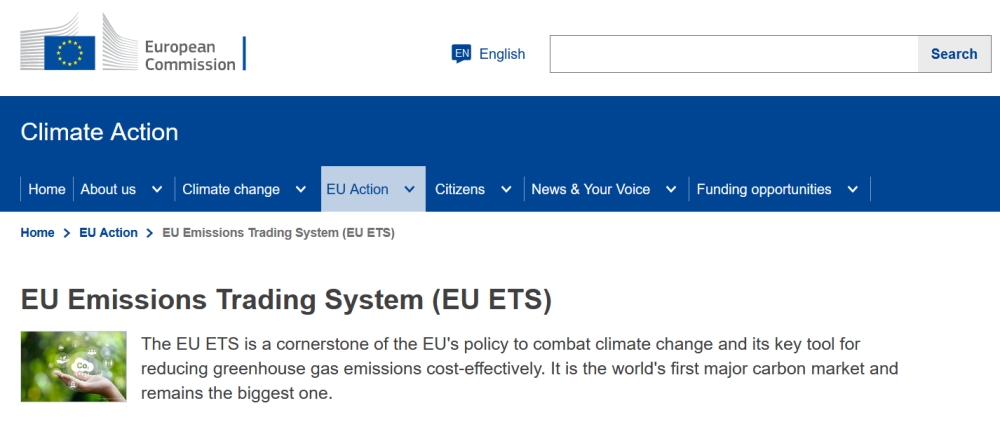On April 18, 2023, the European Parliament approved a new series of environmental measures, including the so-called Carbon Border Tax – a carbon tariff applied on the import of goods whose production outside the EU is particularly polluting.
An ambitious reform of the Emissions Trading System (ETS) was also adopted with 413 votes in favor to 167 against and 57 abstentions.
The ETS market – first introduced in 2005 – requires companies to purchase emissions allowances in order to continue their polluting production. By putting a price on carbon emissions, this mechanism has led companies to shift towards more eco-friendly production methods.
Which are the specific points of the ETS reform?
It will involve the gradual elimination – starting from 2026 to 2034 - of free emissions allowances currently distributed to companies. For the first time, the ETS system will also be extended to the maritime sector. A new separate ETS II will then be introduced for fuel for road transport and buildings, in order to put a price on emissions from these sectors in 2027 (or 2028, if energy prices will remain so exceptionally high).
This simply confirms EU’s challenging climate policy: the objective is to cut emissions by 62% - compared to 2005-levels - in the ETS sectors by 2030.
The votes in Parliament showed a strong majority in favor of these measures, although in certain sectors there are still doubts about the actual costs of the European green policy.
Sources:

 Italiano
Italiano  Deutsch
Deutsch  Français
Français 